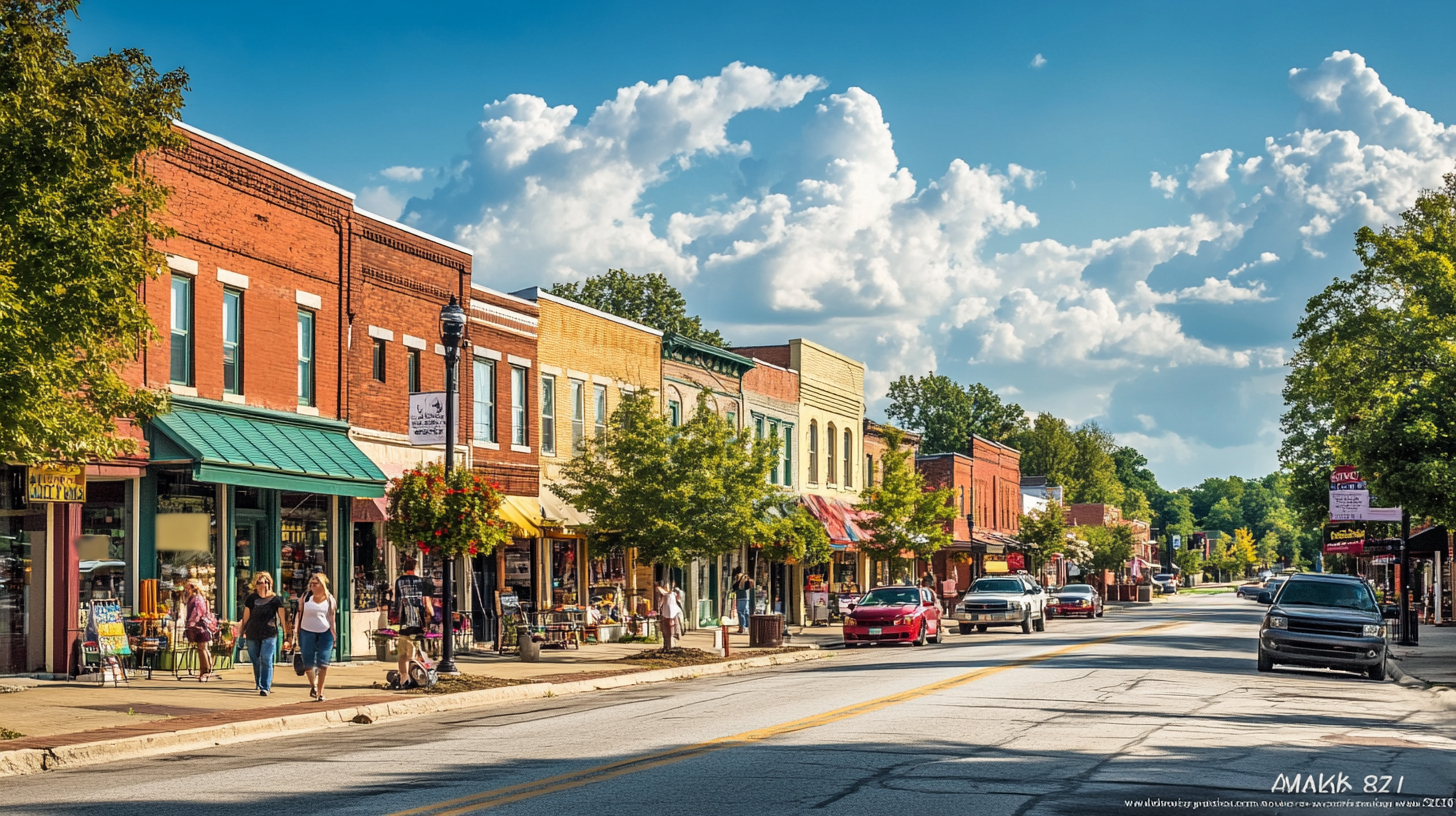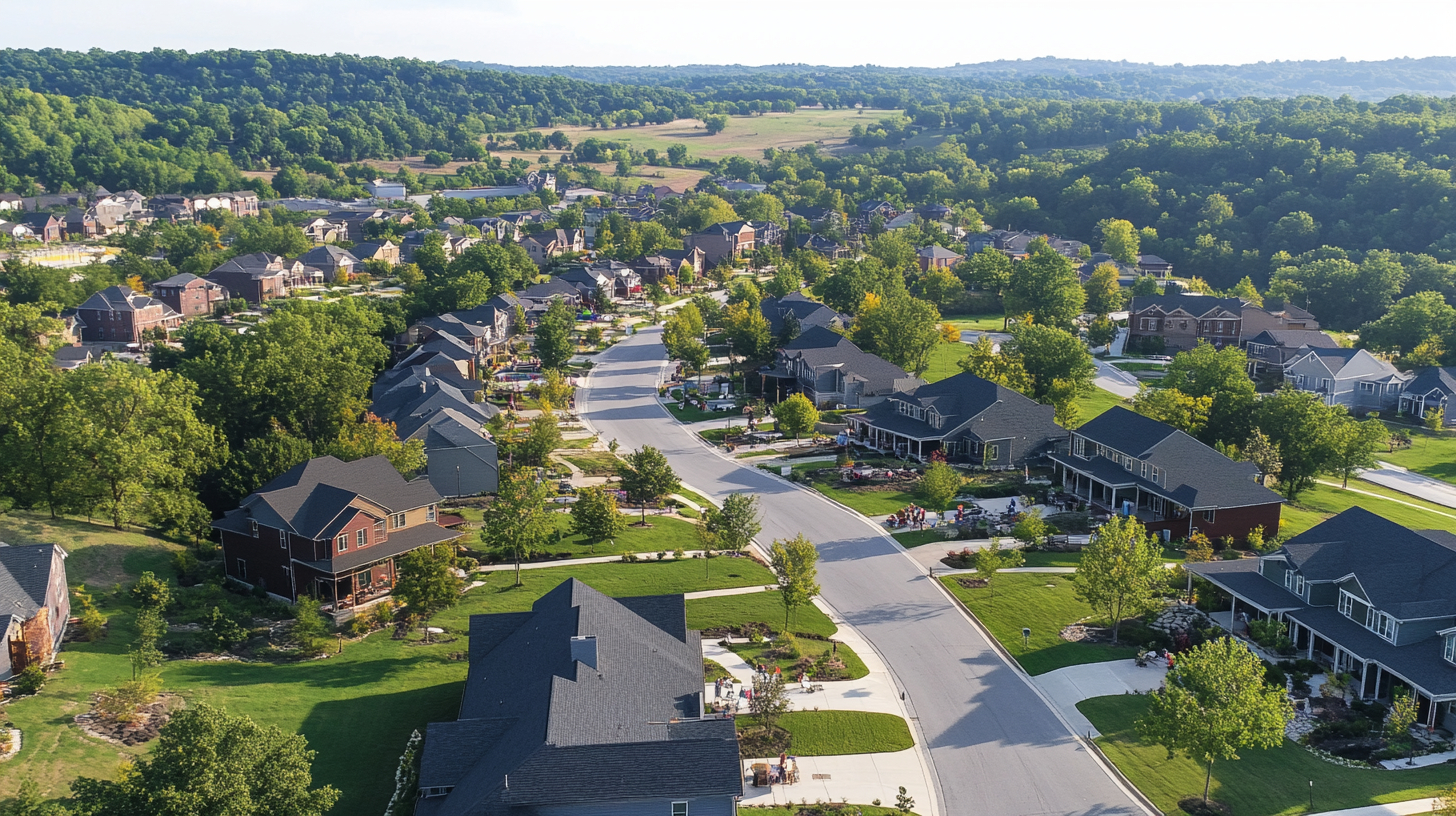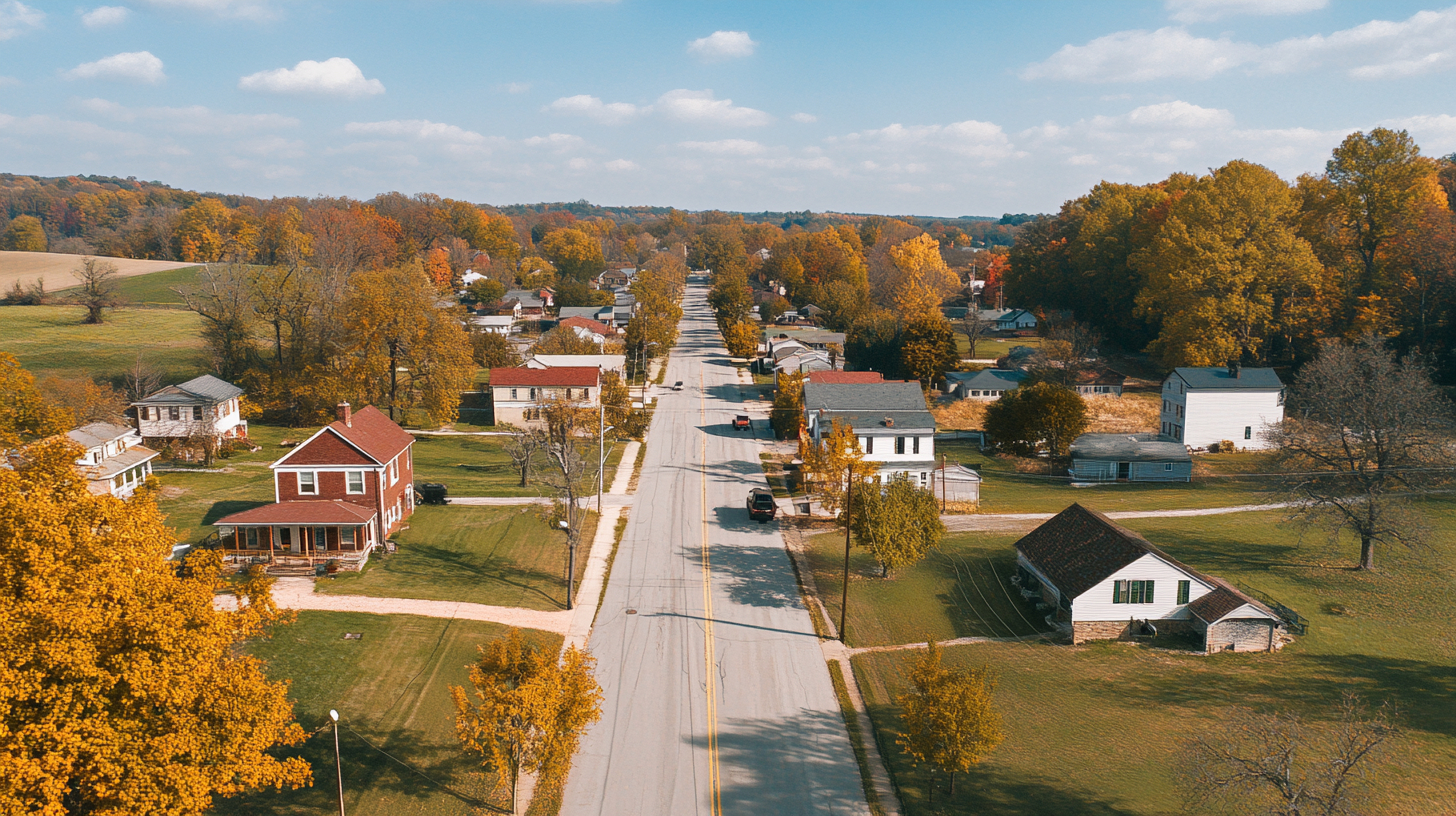Sneak a quick look at any cost-of-living comparison site and Fulton, Missouri pops up as “below national average” in bold letters. Nice, but those neat little indexes never explain why the electric bill plummets in spring, why housing prices feel “sticky” around graduation season, or why you can score a rib-eye for half what you paid in St. Louis last month. So let’s dig deeper. Real numbers. Real quirks. All wrapped in plain talk that will help you decide if Fulton is gentle on your wallet or just cleverly hiding its price tags.
First Glimpse, Who Actually Lives Here?
Roughly twelve thousand people call Fulton home. A steady headcount for the past decade, although college semesters nudge the numbers. Two campuses sit inside city limits, so you catch a brief upswing every August. Students arrive, rentals fill, coffee shops buzz, and grocery shelves empty of ramen. Once May rolls around, half of them disappear and housing inventory loosens again. That seasonal pulse shapes everything from rent rates to weekend traffic. You will feel it, even if you never set foot on campus.
Main Payrolls, Main Paychecks
Factories, healthcare outfits, and state facilities carry the day. The city’s large employers crank out transformers, medicines, and good old government paperwork. Average wages land around forty-nine grand, roughly five thousand shy of the national median, yet spending power stretches farther because fixed costs sit lower. Add a healthy dose of small-business grit. Side-gig culture is real. Folks mow lawns, weld trailer hitches, and sell homemade soap at Saturday markets. That extra hustle cushions budgets when hourly wages fall short.
Housing, The Headliner Expense
You want numbers, here they are:
- Median purchase price right now hovers near one hundred seventy thousand dollars for a three-bedroom.
- New builds push two-fifty, especially on the west ridge, but older bungalows downtown still show up well under one-thirty.
- Two-bedroom apartments float between seven-fifty and nine-fifty a month. Dip below seven-hundred if you hunt duplexes with window units rather than central air.
Why the gap? City services. Inside the corporate limits, the municipality owns the electric utility. Your kilowatt rate is a hair above the co-op serving the county, yet you gain bundled trash and water. Step five minutes outside town, buy an acreage on the gravel, and you flip that script. Lower power rates, higher internet costs, haul your own trash. Choosing between the two becomes a lifestyle call rather than a pure dollars decision.
Tip worth remembering, graduation week in May and move-in week in August shift rental pricing faster than any macro trend. Landlords know the calendar. Sign a lease in February or late September for friendlier numbers.
Utility Charges, The Quiet Squeeze
Averaged over twelve months, expect the following for a fourteen-hundred-square-foot home:
- Electric, one hundred twenty to one-fifty dollars, spikes in July when everyone cranks window units to defeat the humidity.
- Natural gas, eighty in deepest winter, drops under thirty in July.
- Water and sewer, combined forty-eight bucks flat rate inside city limits.
- Internet, seventy for fiber if you live on the main grid, ninety-five for satellite or fixed wireless outside it.
Every spring, the municipal utility board reviews wholesale power contracts. Occasionally they pass through a fuel adjustment that adds a penny per kilowatt for a few months. Locals barely notice, transplants always ask why their bill jumped seven dollars. Now you know.
Taxes, Nobody Loves Them Yet Everybody Pays
Missouri imposes a progressive income tax topping out at four-point-nine five percent. Nothing fancy there. Sales tax inside Fulton rings up at seven-point-seven two five percent. Groceries get a small break, hardware store splurges do not. Property tax takes a bit more math. Callaway County’s base levy sits near point nine percent of assessed value. Assessment uses nineteen percent of market value for residential. Translation, a one-hundred seventy thousand dollar home shows up on the county roll at thirty-two-three. Multiply by point nine and you hand over roughly two-hundred ninety dollars a year before school or fire district add-ons. Add-ons push the final check to twelve-hundred on that sample home. Still half what many coastal buyers expect.
Sneaky fee alert, the county collects a personal property tax each December on cars, boats, and livestock. Yes, even that rusty F-150 counts. Budget an extra two percent of your vehicle’s trade-in value.
Grocery Runs, Farmers Markets, And The Mysterious Half-Price Steak
Chain options include Walmart Supercenter on Westminster Avenue and C&R Market by the fairgrounds. Good for bulk staples. Want cheaper produce? A thirty-minute spin north gets you to Amish country in Audrain County, where tomatoes sell by the crate at rates big chains cannot match. Tuesdays and Fridays, local growers line up under the downtown pavilion. Cash only, bring small bills, grab purple-hull peas and home-churned butter. Your total grocery spend generally trails the national average by about eight percent, larger if you lean heavily on in-season produce.
That famous steak deal comes from the brand-new meat counter at Mosers in nearby Columbia. They mark down rib-eyes every Wednesday after two p.m. Fultonians learn the routine fast. Wrap two, freeze them, show off to your city friends.
Dining out stays reasonable. A hand-tossed pie at Bek’s sets you back thirteen dollars. Two craft beers, seven each. A family plate of smoked pork ends at Saults, thirty-two with sides. Tipping culture lands at standard percentages.
Nightlife, Sports, And All The Low-Key Fun
Movie tickets at B&B Johnson Theater about ten minutes west cost eight-fifty for a matinee. Bowling at Tanglewood Lanes, twenty dollars per lane for an hour plus shoe rental. A season pass to Callaway County YMCA, forty-five bucks monthly for adults, grants indoor pool access all winter. Summer brings ball games at Home-Bank Field, six bucks at the gate, hot dogs two dollars each. None of these numbers break a budget, yet they add life beyond the mortgage. Keep a twenty in your glovebox and you are good to go.
Fuel And Commuting, No Gridlock Here
Average gas price last week sat at three-twenty-nine a gallon. The city lies ten minutes off Interstate 70, yet no toll roads wait nearby, so commuters bound for Columbia or Jefferson City log twenty to thirty minutes of open-road driving. Insurance carriers label the zip code moderate risk, not urban, not rural. That classification keeps full-coverage premiums below one hundred dollars a month for most clean records. Public transit exists only in the form of a small dial-a-ride service, three dollars per trip, mostly used by seniors. Plan on owning a car.
Putting The Puzzle Together
Line up the numbers and Fulton lands roughly fifteen percent cheaper than the national median on day-to-day expenses. Housing carries the biggest discount. Utilities hover close to national scales once you blend seasonal spikes. Groceries dip a bit. Taxes nudge upward on sales, drop on property. Entertainment stays pocket friendly. The town is not an ultra-cheap secret haven, but it keeps a family from bleeding cash every month.
Does that mean the decision is simple? Hardly. You still need to weigh small-town pace against big-city buzz, factor in limited specialty healthcare, accept that your favorite Thai dish may require a forty-minute drive. Yet if the budget is king and space to breathe matters, Fulton plays in your favor.
Quick-Hit FAQ For Soon-To-Be Fultonians
Q: What is the typical rent for a clean two-bedroom near downtown
A: Seven-fifty to nine-fifty, lower in winter, higher in August.
Q: How tough are property taxes compared to neighboring counties
A: On a one-seventy purchase you will likely write a check around twelve-hundred a year, which undercuts the state average.
Q: Any grocery hack locals swear by
A: Early Friday farm-stand runs snag markdown produce. Plus that Wednesday rib-eye deal at Mosers.
Q: Kid-friendly entertainment that will not wreck the wallet
A: YMCA indoor pool pass, county fair grandstand tickets in July, free hiking trails at Mark Twain National Forest an hour south.
Q: Will my electric bill skyrocket in July
A: Plan on one-fifty if you blast the central air nonstop, drop to under ninety when fall rolls in.
Ready to pencil out your personal numbers? Grab last year’s bank statement, match the categories above, then test how Fulton stacks up. When you want zip-code-specific listings or deeper utility quotes, reach out. A five-minute chat could save you five figures over the next few years.
No slick spin here, just straight math and a town that quietly punches above its price tag.







